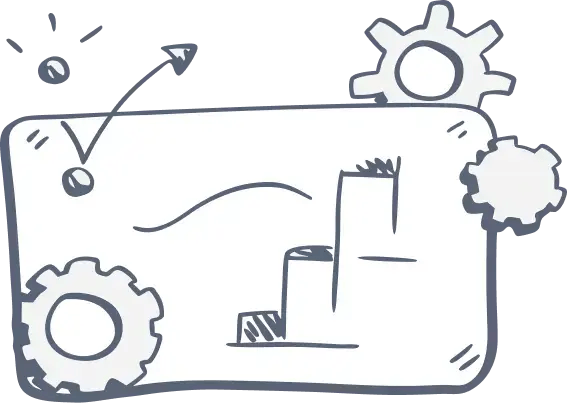Tools to Build, Launch, & Scale Your Business

Each tool is built from hands-on experience working with SaaS businesses to develop Academy programs that drive real impact. Whether you're just getting started or refining an existing strategy, these resources will provide the guidance and clarity you need.
Our tools
Content Inventory Template
Your Academy is only as strong as the content inside it. But without a clear way to track and manage your educational materials, you risk outdated resources, knowledge gaps, and missed opportunities.
This Content Inventory Template helps you:
- Audit existing content to identify what’s useful, outdated, or missing.
- Prioritize updates and new content creation based on learner needs and business goals.
- Map content to customer journeys so that every touchpoint supports user success.
- Streamline content reviews and updates, ensuring your Academy remains relevant over time.
With this structured framework, you’ll always have a clear, strategic view of your content ecosystem - allowing you to deliver high-impact learning experiences with confidence.
Customer Education Marketing Template
You’ve built an incredible Academy, but how do you make sure users actually use it? A well-planned marketing strategy is the key to driving awareness, engagement, and long-term adoption of your Academy.
This Customer Education Marketing Template helps you:
- Develop a multi-channel marketing strategy to promote your Academy across email, social, in-app, and beyond.
- Clarify your messaging so customers immediately see the value of engaging with your courses and resources.
- Plan launch and ongoing campaigns to drive sustained engagement, not just a one-time spike.
- Align internal teams (Customer Success, Sales, and Marketing) so everyone plays a role in promoting education as a value driver.
By following this framework, you’ll transform your Academy from an underutilized resource into a core driver of customer success and retention.
Stakeholder Map
Launching and scaling an Academy isn’t a solo effort. It requires buy-in and collaboration across multiple teams. But without a clear view of who’s involved, their priorities, and how they contribute, your Academy can become an uphill battle.
This Stakeholder Map helps you:
- Identify key internal and external stakeholders who influence your Academy’s success.
- Define roles and responsibilities so that leadership, product, marketing, and customer success are all aligned.
- Build a case for investment by showcasing how education supports broader business goals.
- Create an advocacy and engagement plan to keep stakeholders involved and supportive over time.
With this tool, you’ll move beyond isolated efforts and build an Academy that is truly integrated into your company’s strategy, maximizing impact and long-term sustainability.
 Take your Academy to the next level.
Take your Academy to the next level. 
We can help you unlock the full potential of your Academy program. Let’s talk – schedule a call to learn more.
.png?width=75&height=152&name=saas_academy_logo%20(2).png)
.png?width=104&height=152&name=saas_academy_logo%20(1).png)


